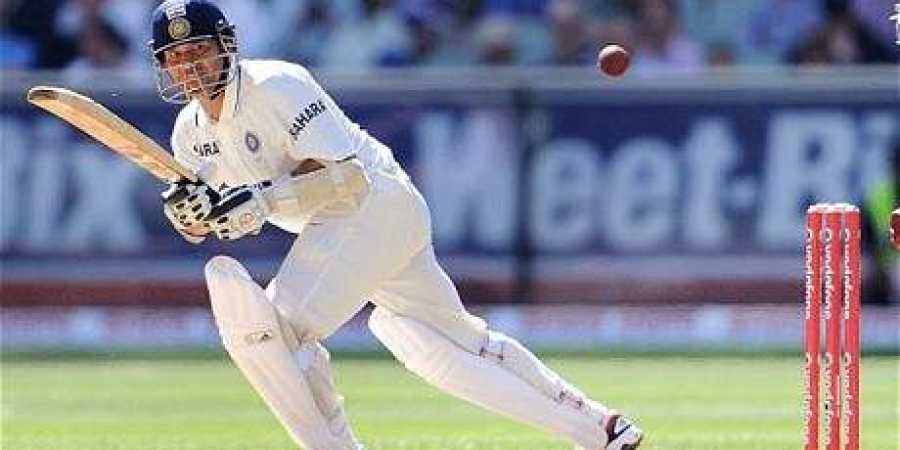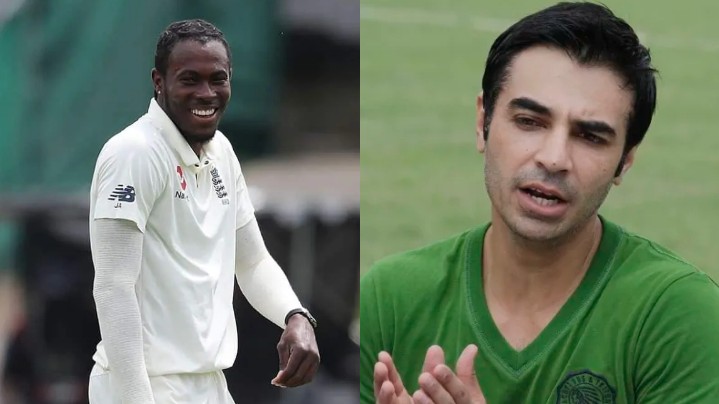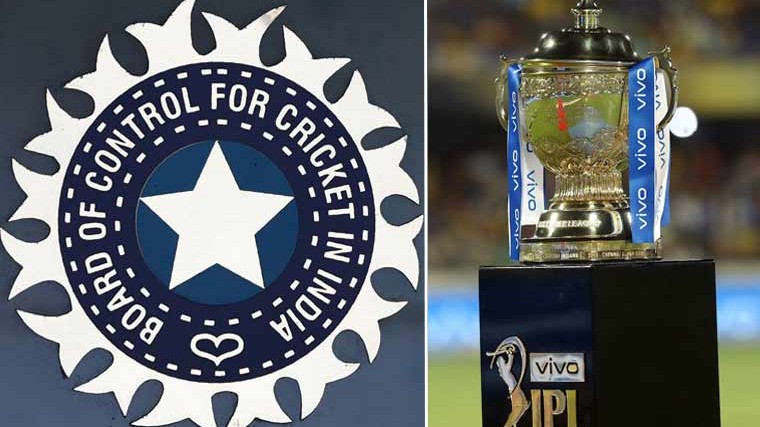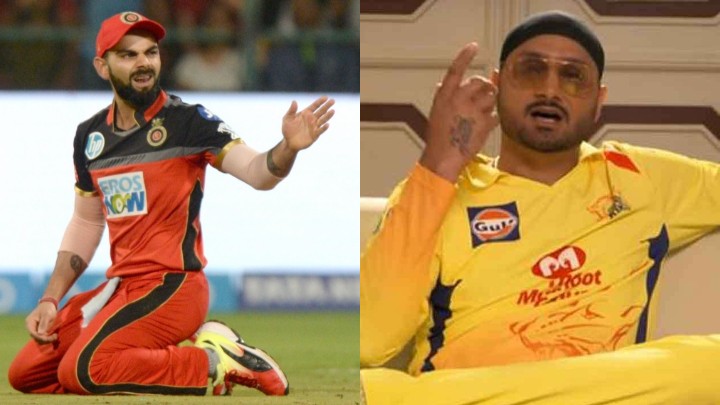 The third and final Test of India's 2006-07 tour of South Africa would've been like any other game of cricket if not for the peculiar incident that took place on Day 4. India came out to bat in the second innings and lost openers Wasim Jaffer and Virender Sehwag very quickly. Sachin Tendulkar was to come out at No.4 and join the then skipper Rahul Dravid.
The third and final Test of India's 2006-07 tour of South Africa would've been like any other game of cricket if not for the peculiar incident that took place on Day 4. India came out to bat in the second innings and lost openers Wasim Jaffer and Virender Sehwag very quickly. Sachin Tendulkar was to come out at No.4 and join the then skipper Rahul Dravid.
However, an unusual delay in Tendulkar's arrival left everyone puzzled. It even led to an appeal from opposition captain Graeme Smith, with the delay extended over three minutes and that could've easily resulted in a time-out dismissal.
Thankfully, umpire Daryl Harper urged Smith not to appeal, as the delay was far from deliberate and only happened due to a technical miscommunication.
Due to an injury, Tendulkar was off the field for a bit the previous day and the rules made it necessary for the legend to wait before he could bat in the following innings. But not expecting its openers to be out so early, India had only Tendulkar padded up to go in next.
As it was later revealed, usual No.5 VVS Laxman was in the shower and Sourav Ganguly had to quickly get ready to join the long waiting Dravid, South African team members and the two umpires.
There was great confusion outside, which Harper, in a recent interview to Asianet Newsable, recalled he had to clear via a press conference in front of as many as 50 media personnel, who were all interested in knowing what happened.
"In Cape Town at the close of the fourth day of a Test with South Africa, I was asked to attend the media gathering to explain an unusual incident from earlier in the day when Sachin Tendulkar had been ineligible to bat when Wasim Jaffar was the second Indian wicket of the second innings,” Harper said.
"I obliged, expecting to find a gathering of possibly 10 journalists. When I took my seat and turned to answer the first question, I was shocked to find approximately 50 media representatives eagerly awaiting my answer. I reminded myself that India was on tour. The press contingent was a big audience to feed on every Indian tour," he added.
When asked whether the Indian team was the toughest to officiate for because of the massive fan-following and the media interest, Harper answered in the affirmative.
"The obvious answer is yes," he said. "The sheer number of Indian people around the globe following the game is enormous. Indians have been great travellers throughout history and wherever I travelled I encountered fanatical Indian supporters."
"One day in Manhattan, New York in July 2011, on my way home from my final Test in Jamaica, while wearing plain clothes, I was stopped in the street thrice by complete strangers who recognised me and asked cricket questions. All three were Indians. All three were extremely polite and respectful," Harper concluded.



